Are you searching for birds that begin with the letter I? Check out this comprehensive list of 15 dazzling birds that start with I and learn about their locations, habitats, and other interesting facts!
1. Indigo Bunting
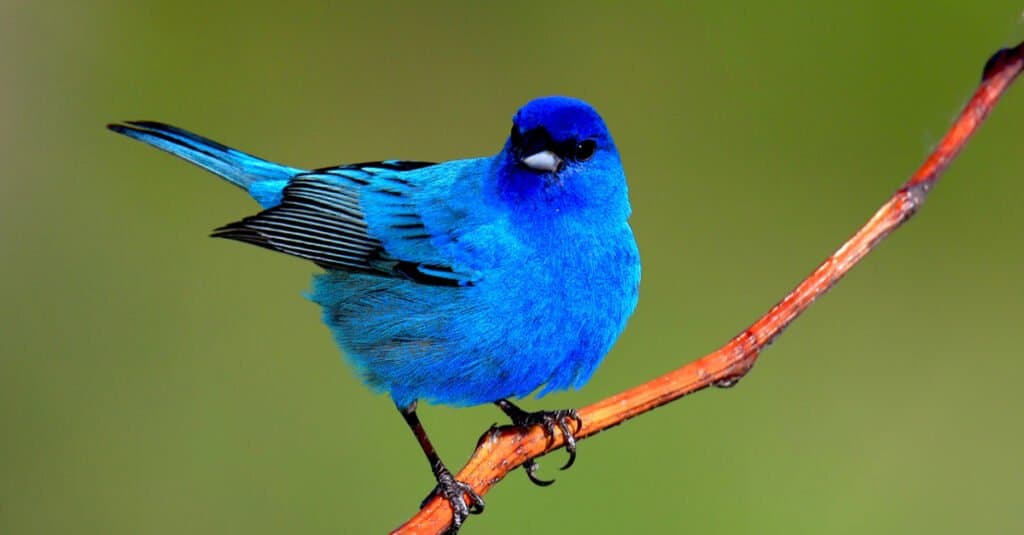
Indigo buntings migrate at night
©John L. Absher/Shutterstock.com
This small seed-eating bird belongs to the cardinal family and is a migratory species that makes its way from Southern Canada to Northern South America each year. And it migrates at night, only using the stars to guide it. Indigo buntings are bright blue and sing cheerful songs.
2. Imperial Woodpecker

Imperial woodpeckers are one of the most dazzling birds that start with I
The imperial woodpecker is the largest woodpecker in the world, measuring up to 23 inches long. They have black and white bodies, and males have bright red crests while females have black crests. This woodpecker species is endemic to Mexico, where it inhabits pine-oak forests.
3. Iceland Gull
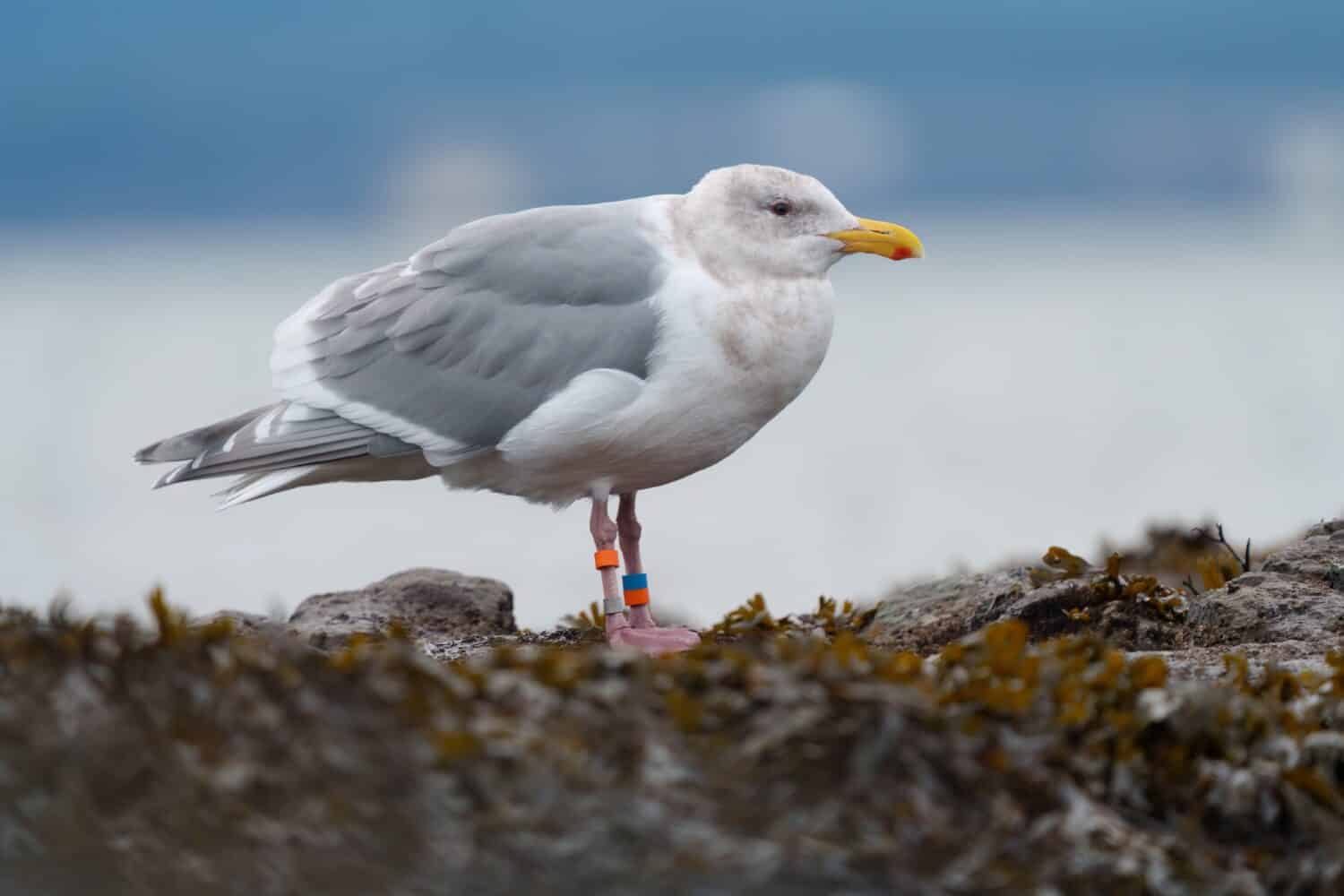
Iceland gulls winter as far south as New York
©2009fotofriends/Shutterstock.com
This medium-sized gull is an Arctic breeder, nesting in regions of Canada and Greenland. Iceland gulls have pale plumage with white wing tips and are considered seabirds that feed primarily on fish. This bird winters as far south as Britain and New York.
4. Inca Jay
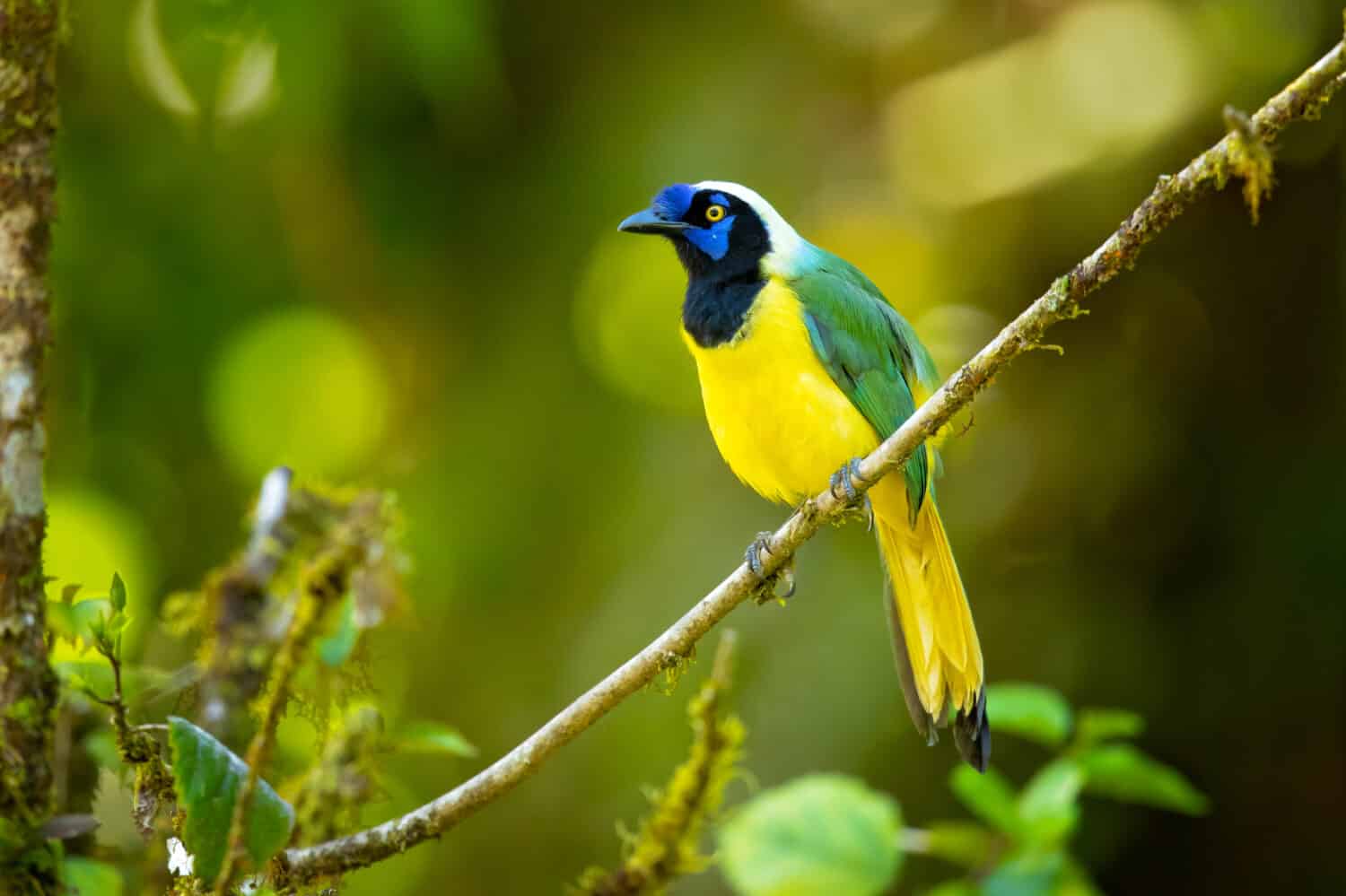
Inca jays are native to South America
©Milan Zygmunt/Shutterstock.com
The Inca jay is a brightly-colored bird from the Andes of South America, sporting bright yellow and deep green plumage. It is an extensive vocal repertoire, including calls that sound like alarm bells. You can find this species in Colombia, Venezuela, Ecuador, Bolivia, and Peru.
5. Ibis
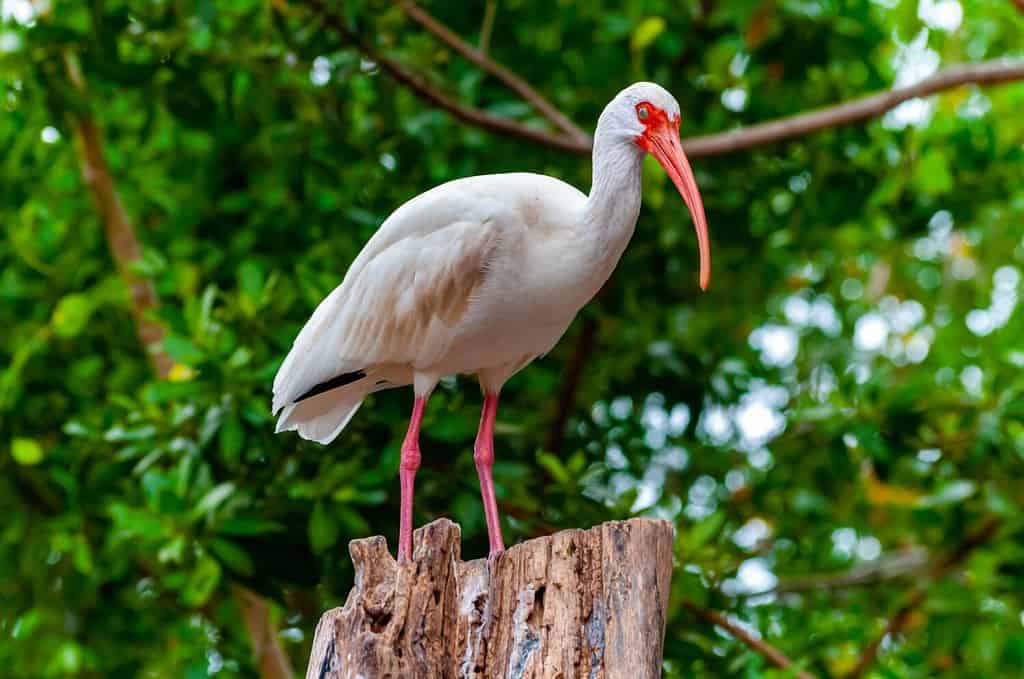
This ibis is a wetland bird with long legs and a decurved bill
©Oleg Kovtun Hydrobio/Shutterstock.com
Ibises are long-legged wading birds with long, decurved bills. There are several ibis species that inhabit different regions and feature various colors, ranging from bright reddish-orange to pure white. These birds live in wetlands, forests, and plains and use their slender bills to probe for food.
6. Ibisbill

The ibisbill lives in Central Asia in the high plateau
©Wang LiQiang/Shutterstock.com
While it has features reminiscent of waders, idisbills are in a class all their own. These gray birds feature red legs, long bills, and three toes on their feet. They live in Central Asia and the Himalayas along the shingle riverbanks in the high plateau.
7. Intermediate Egret

Intermediate egrets nest in colonies with other herons
©AlecTrusler2015/Shutterstock.com
The intermediate egret is a medium-sized heron that inhabits shallow coastal or freshwater habitats, like flooded fields. They live in East Africa, India, Southeast Asia, and Australia. These birds nest in colonies with other herons and build platforms out of sticks.
8. Indigo-capped Hummingbird

Indigo-capped Hummingbirds live in tropical lowland forests
©Wirestock Creators/Shutterstock.com
True to its name, this hummingbird has an indio cap and an emerald green body. It lives in the tropical lowland forests and moist montane forests of Colombia in South America. The indigo-capped hummingbird is a medium-sized hummingbird, measuring 2.8 to 3.9 inches long.
9. Ivory Gull

Ivory Gulls are opportunistic carnivores
©Agami Photo Agency/Shutterstock.com
The ivory gull is a small gull with snow-white plumage and black spots on its wings and tail. These birds breed in the high Arctic in Greenland, the northern regions of North America, and Eurasia. They are opportunistic carnivores that feed on everything from fish and rodents to carrion and seal afterbirth.
10. Icterine Warbler
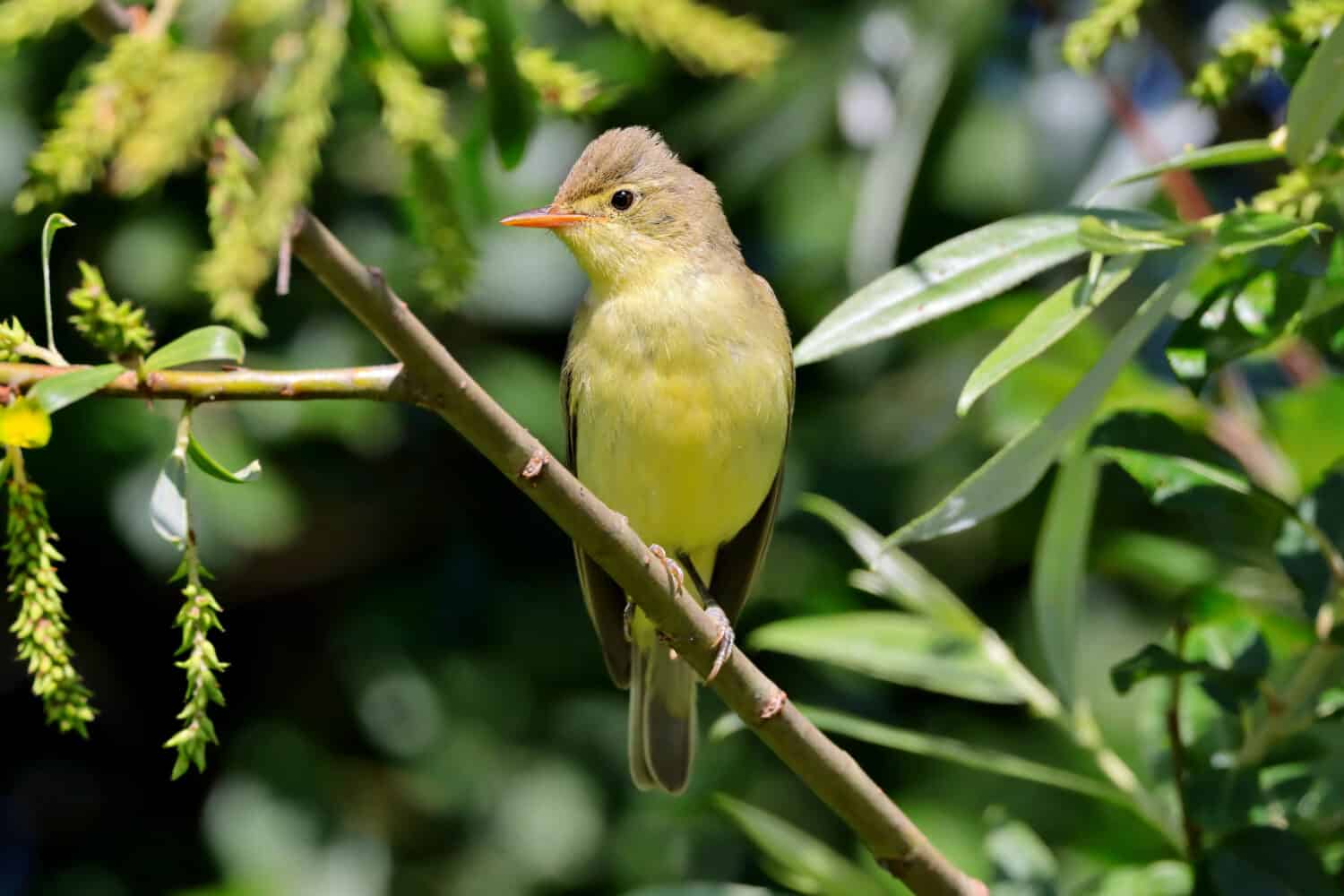
The Icterine Warbler forages on insects and fruits
©Leo Bucher/Shutterstock.com
Icterine warblers are large European warblers that forage on insects and fruit. They live in fields, dense shrubs, and forest edges, where they prefer well-spaced trees and tall undergrowth. This species breeds in mainland Europe and winters in sub-Saharan Africa.
11. Indian Vulture
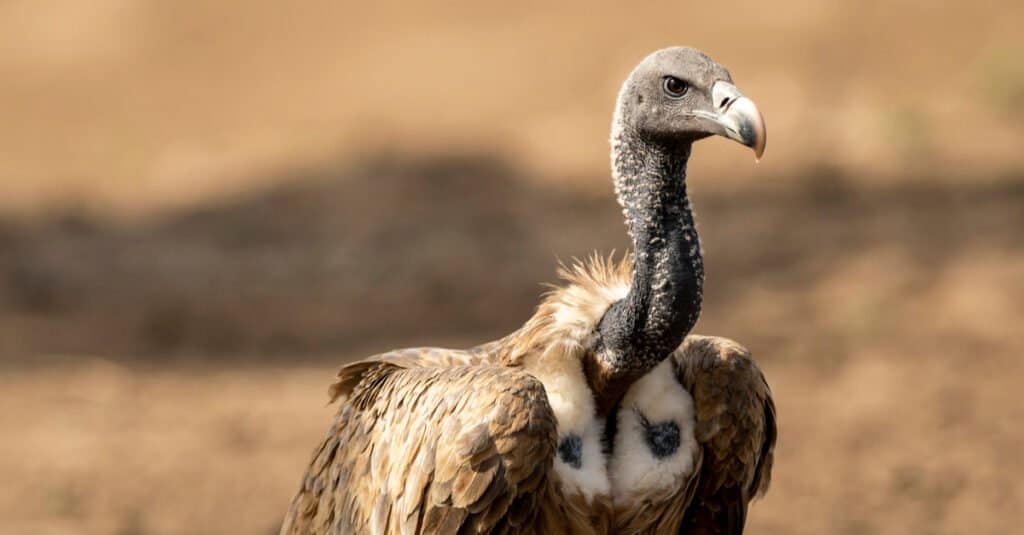
Indian Vultures are the largest and fastest birds that start with I
©Sourabh Bharti/Shutterstock.com
The Indian vulture is a bird of prey from India, where it inhabits open fields, dry foothills, and garbage-filled areas near cities. It is a medium-sized vulture, measuring 41 inches long and featuring a wingspan of up to 8.5 feet. They are also powerful flyers that can glide over 20 miles per hour for several hours.
12. Immaculate Antbird
The immaculate antbird is an insect-eater that swarms ant colonies to catch as many as they can. This species lives in the forests of Costa Rica, Panama, Colombia, Venezuela, and Ecuador. Immaculate antbirds have brown plumage and light blue earrings.
13. Island Scrub-jay
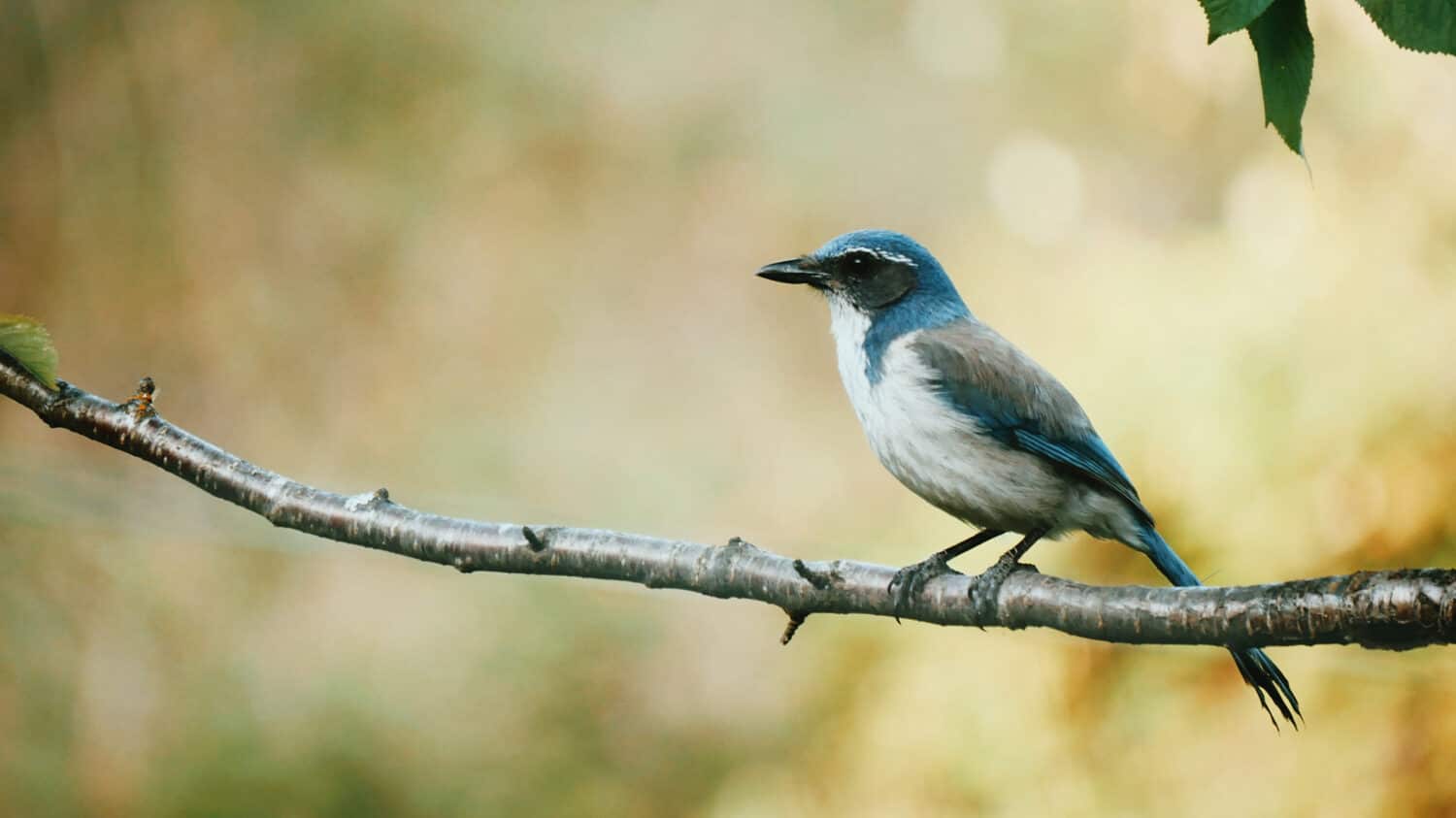
Island Scrub-jays live on Santa Cruz Island
©David Arciaga/Shutterstock.com
The island scrub-jay has the smallest range of any bird in North America. This jay only lives on Santa Cruz Island, off the coast of California. As a jay, the island scrub belongs to the Corvidae family, which are known for their intelligence and curiosity.
14. Inca Dove

Inca doves live near towns and are not shy about gracing backyard feeders.
©iStock.com/hstiver
Typically seen in pairs, the Inca dove has a gray-brown body with feathers that look like scales. These birds are very social and often congregate in large flocks during winter, even forming pyramids to keep them warm.
15. Ivory-billed Woodpecker

Ivory-billed Woodpeckers are presumed extinct
©iStock.com/Nathan McDaniel
This woodpecker is so rare it’s possibly extinct. The ivory-billed woodpecker is native to the Southern United States and Cuba, where it’s said to inhabit bottomland hardwood forests and temperate coniferous forests. The last sighting of this species in the United States was in 1944.
A Recap of the 15 Dazzling Birds That Start With I
| Common Name | Scientific Name |
|---|---|
| Indigo Bunting | Passerina cyanea |
| Imperial Woodpecker | Campephilus imperialis |
| Iceland Gull | Larus glaucoides |
| Inca Jay | Cyanocorax yncas |
| Ibis | Threskiornithinae |
| Idisbill | Ibidorhyncha struthersii |
| Intermediate Egret | Ardea intermedia |
| Indigo-capped Hummingbird | Amazilia cyanifrons |
| Ivory Gull | Pagophila eburnea |
| Icterine Warbler | Hippolais icterina |
| Indian Vulture | Gyps indicus |
| Immaculate Antbird | Myrmeciza immaculata |
| Island Scrub-jay | Aphelocoma insularis |
| Inca Dove | Columbina inca |
| Ivory-billed Woodpecker | Campephilus principalis |
The Largest Bird That Starts With I
Indian vultures are the largest birds that start with I. They measure over three feet long and feature a wingspan of 8.5 feet. Compared to other vultures, they are medium-sized and bulky.
The Fastest Bird That Starts With I
The Indian vulture is also the fastest bird that starts with I. Vultures, on average, can fly between 31 and 37 miles per hour. This vulture has been recorded at over 20 miles per hour, soaring for six or seven hours at a time.
Thank you for reading! Have some feedback for us? Contact the AZ Animals editorial team.







